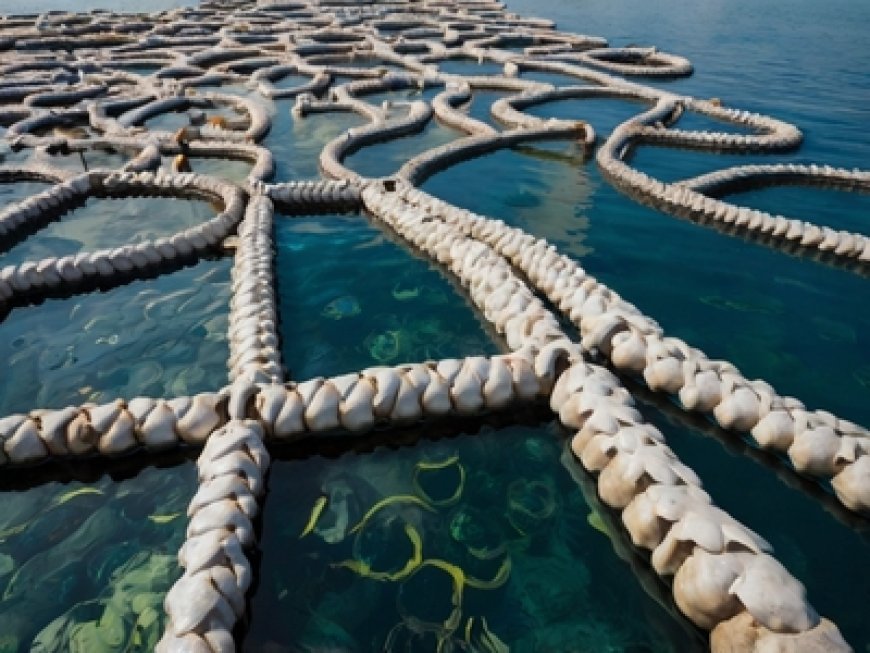Rapid Development of Precision Aquaculture Market
Precision aquaculture Market relies heavily on technology

Not only on the land, but in the sea, there is also a farm to produce fish and shellfish. It has grown rapidly over the past few years. Combining sensors, analytics, and cloud, precision aquaculture framework is driven by two factors, such as the goals to achieve sustainable intensification in the industry and the advancement of technology to process and analyze data. In addition, the rising demand for high-quality seafood also drives the adoption of this framework.
Precision aquaculture focuses on mitigating environmental impact while reducing waste and prioritizing environmental sustainability. Sensors and other technologies that can be used to observe can provide valuable data regarding crop health and overall animal welfare. In the past, to observe, analyze, and make a decision should be done manually by humans. However, as the size of the farm increases, it becomes difficult to rely solely on humans. Therefore, automation is necessary.
By combining AI, sensors, and computer vision, this technology can monitor numerous environmental variables. It includes current velocity, dissolved oxygen, temperature, salinity, and chlorophyll. In addition, it also can monitor variables from animals, including clustering behaviors, movement, and size. This can be done by utilizing underwater drones or video monitoring. This technological framework can also utilize farm management software to optimize production, manage diseases, and increase profitability.
Precision aquaculture market is undergoing rapid development. A research firm, GMI Research, estimated that precision aquaculture market size reached a revenue of USD 312 million in 2019.
There are several features and functions of this underwater technology.
1. Farm monitoring
With various conditions under the sea consisting of tides, water masses, or ice, monitoring operation can be challenging. Precision aquaculture technology can be used to monitor and gather data from the farm regarding the conditions of the environment and animals.
2. Machine-learning modelling
With the integration of IoT, this framework can manage multiple machine-learning modelling which is integrated with the data collected by sensors or other sources. This can provide valuable insights regarding the fish health and mortality, parasitic infections, or oceanographic condition.
3. Data-driven decision making
Based on the data collected and processed, an informed decision making can be made. The data analysis can help to decide the harvesting schedule, economic productivity, feed management, risk analysis, or veterinary intervention.
What Lies Ahead
Despite its rapid development, there are challenges and opportunities looming on the horizon. Precision aquaculture relies heavily on technology. Therefore, it can be a challenge when it needs power and connectivity in the offshore location. In addition, the need for manual intervention or analysis in the ocean might also be another challenge. Thus, this technology needs a highly skilled staff to efficiently manage resources, operate the equipment, and process the data collected. The high cost of implementing the framework can also be an obstacle, especially for an organization or country with a limited budget.
However, as there is an application of mature monitoring, modelling, and analysis tools in the aquaculture farm, we can see the potential to improve operations and tackle the challenges that this industry faces.












